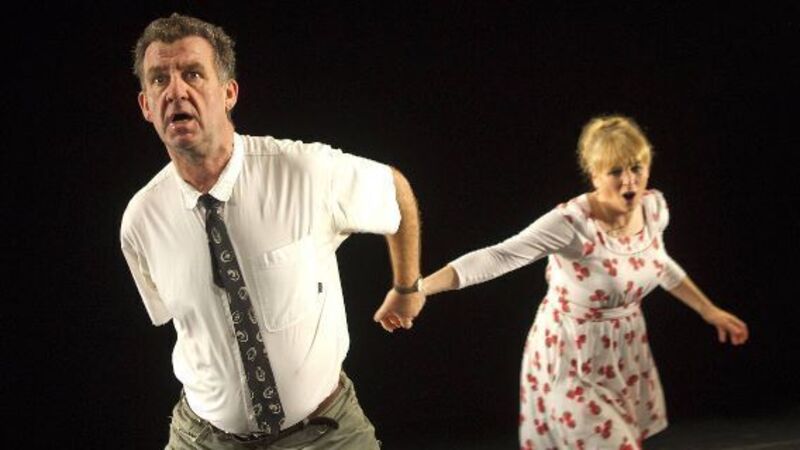Swing: Dancing a path to stage success

"There was some great music going on,” he says. “We were in the kitchen. There wasn’t anybody dancing but I saw Janet moving and we had a dance, a fantastic dance. We had great fun.”
They met again properly about eight years later and, in the company of one of Swing’s other writers, Gavin Kostick, hatched a play with Fishamble Theatre Company where they could dance together. Peter Daly rowed in with help on the script, too: “Anything that made Peter laugh, we kept in.”











